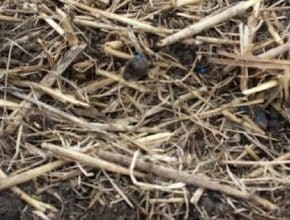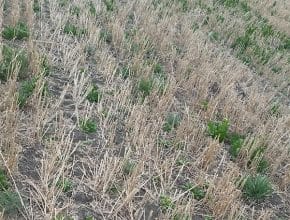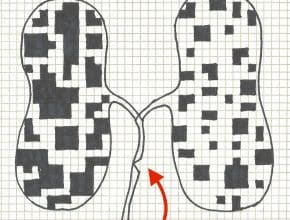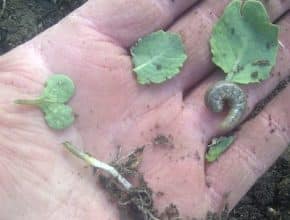Growers have two common questions after a spring frost: 1. Did the crop survive? (Do I need to reseed?) 2. When can I resume weed control? Here are our answers…
May 17, 2017 - Issue 8
-
-
AFSC in Alberta has extended its recommended seeding date deadlines for yield and quality coverage to June 5 for Argentine canola and June 15 for Polish canola. The original deadline was May 31. Yield-only insurance deadline is still June 20. Read more. For seeding deadlines in Saskatchewan contact your local SCIC office. Find office contacts and more information here. Seeding…
-
In late springs with wet conditions, broadcast seeding may be the only way to get the job done. In fact, broadcasting may actually provide better seed placement than “mudding in” seed with a drill. Broadcast seeding now could also have higher yield potential than waiting two weeks for the ground to support the drill…
-
Even if seeding is two or three weeks away, a pre-seed burnoff now could keep these weeds from getting too big to control. We have reports of gigantic winter annuals in fields where they haven’t been sprayed…
-
-
A key part of the Keep It Clean program is to follow label rates and timing for all crop protection products. Here are specifics for each herbicide-tolerant system…
-
The seeding rate calculator at canolacalculator.ca defaults to 60% seed survival, which is fairly typical for canola in Western Canada. If choosing the default isn’t your style, the best way……
-
While only a small percentage of canola fields tend to require flea beetle management in addition to seed treatment, all fields should be monitored to assess the potential threat. Begin monitoring right after emergence and through until at least the four-leaf stage. Seed treatment can be effective through most of this period, but slow starting or slow growing crops under…
-
Cutworms have been observed in some regions, including the southeast Peace region and west-central Saskatchewan stretching into Alberta. In western Saskatchewan, early observations suggest that cutworms are worse in fields that had lentils last year. In general, fields that had flowering plants (crops or weed patches) in August or September of the previous year may have higher cutworm counts. These…




